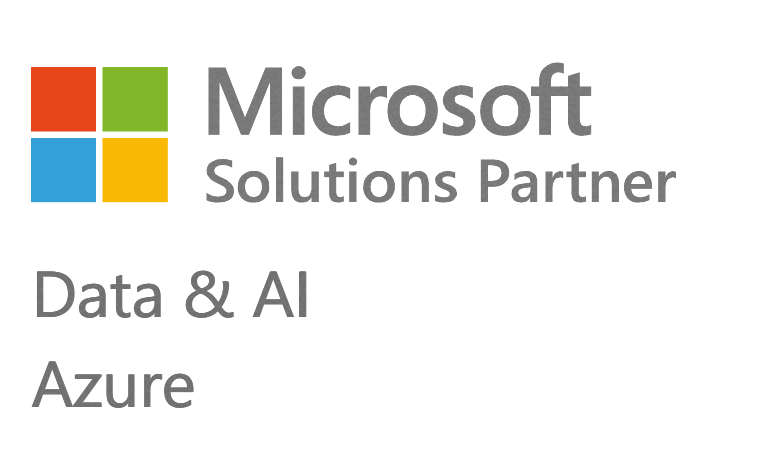
SharePoint 2016 has great features for everyone,
from End User to Server Administrator.
Tiles or links on the home page screen of a team site can be tapped to navigate through the site. Touch remains enabled even when switched from mobile view to PC view. SharePoint Server 2016 delivers a consistent screen experience across devices, be it a desktop, laptop, smartphone, tablet, or slate. It incorporates the latest technologies and industry standards for mobile push and information synchronization
Hybrid sites offer an integrated experience across SharePoint 2016 and SharePoint Online sites; a single profile in Office 365 stores all the user profile information. When used with Hybrid OneDrive for Business, users can access their files directly through Office 365 from any device. The new Cloud hybrid search indexes all crawled content, including on-premises content, to the search index in Office 365. Besides, SharePoint 2016 also offers the option to crawl current and legacy SharePoint versions such as 2007, 2010 and 2013, without needing to upgrade those versions.
SharePoint 2016 now supports uploading and downloading files larger than 2,047 MB, the earlier limit; the desired maximum file-size limit can be configured on a per-web application basis. To accommodate the shifting of focus from text files to video, audio and other media files, SharePoint 2016 now allows uploading files up to 10GB.
The new sharing improvements include enhancements to create and share folder and sharing hints. User can see who the folder is shared with when viewing a folder and site members are also allowed to share. Invitation mail is improved and requests for access can be approved or denied through one-click email.
Hovering the mouse over an image or video in the document libraries, or clicking on them generates a preview in SharePoint 2016.
SharePoint 2016 now supports file names that include the & ~ { } characters, GUID, leading dots, and file names longer than 128 characters, which were blocked in earlier editions.
Users can now pin sites that they see on their sites page, making it easy to see and quickly follow sites; a pinned site shows right at the top of the ‘Following’ sites list. Users “Follow” sites on both on-premises and on Office 365 and view all of them in one place under the “Sites” app in the App Launcher.
New controls at the top of personal document folders make common tasks in OneDrive for Business more accessible. With a single click, the user can create a new Office document, synchronize a file, upload a file for offline use, share a file, and do more.
Search in SharePoint 2016 supports indexing of up to 500 million items per Search Server application
Default TLS 1.2 connection encryption is used – if supported by the client application – when an SSL binding in Internet Information Services (IIS) Manager is set up to host a web application. SharePoint 2016 also supports TLS 1.2 connection encryption when crawling websites or connecting to other systems.
Sensitive content across SharePoint 2016, SharePoint Online, and OneDrive for Business can be searched using 51 built-in types such as credit card numbers, Social Security Numbers (SSNs), passport numbers, bank account numbers, and more. Once found, the sensitive documents can be reviewed inline, real time from the eDiscovery Center. Actions such as changing sharing permissions, removing data on shared sites can be taken, or the list of documents can be exported for further review.
Information Rights Management (IRM) secures the information via encryption and application of an intelligent policy that allows only specific actions by specific recipients on the files. For example, edit and print can be allowed, but forward can be restricted. As the intelligent policy is applied on the document, it stays valid even when the document is in transit or stored anywhere, including a desktop, laptop, mobile device or removable storage like a USB. The policies can be assigned to emails, SharePoint Online libraries, individual Office documents and other files.
Retaining documents beyond the compliance, legal, or other mandatory period poses unnecessary legal risks. The document deletion policy reduces this risk by allowing deletion of documents after a specified time period. It can be used in conjunction with an in-place hold policy to preserve the content for a fixed time period and delete thereafter – for example, an in-place hold policy will retain the documents for 5 years after modification and a deletion policy will delete them beyond the said period.
Sending email to SMTP servers that use STARTTLS connection encryption is now supported. STARTTLS must be enabled on the SMTP server, and it must support the TLS 1.0, TSL 1.1, or TLS 1.2 protocol. It is to be noted that SSL 2.0 and SSL 3.0 protocols are not supported.
The compile time for customized XSLT files used in Web Parts such as Content Query, Summary Links, and Table of Contents is now improved.
Templates working at the same level as the SQL Server reduce the round trips required between the SharePoint 2016 and SQL servers. Use of Windows PowerShell cmdlets help create sites and site collections in a rapid manner.
Page landmarks and alt text enhancements in major navigation links now make it easier to navigate around the site. Keyboard shortcuts to manage, share, synchronize, and other commands make the processes faster; announcements for upload progress and for file name and type when browsing folder and file lists have been added. Other improvements include keeping focus on prior elements, focus trapping and callout enhancements.
With improved scalability, the SharePoint 2016 content databases supports storing up to 100,000 site collections per content database, almost 5 times that of the earlier editions. Windows Server 2016 and SQL Server 2016 are supported as well.
Open Document Format (ODF) allows users to create new files in a document library and save as ODF files which can be edited with a program of their choice. Default content, such as headers, footers, and outlines can be set to appear in every new file. An .odt, .ods, or .odp template can be associated with a site content type to ensure that all ODF documents across a site have consistency in their content.
Apps for Office (custom add-ons that can plug into Word, Excel, PowerPoint, Outlook, and SharePoint) can now be added to Access apps, the online databases in Access 2013. This helps to integrate external data – such as stock prices or sales data – in the Access apps and also display it visually on a map, chart or graph for quick comprehension.
The new Resource Engagements capabilities in Project Server Preview align project managers and resource managers regarding specific work load and time periods for specific resources working on a project. The new Resource Plan view can be used to create requests for resources and all resource requests can be viewed on the new Resource Requests page; project managers can also use the capacity planning heat map for availability information of the resources.
Users can now rename files, create new files, and share files from within the WOPI iframe on the browser page.
SharePoint 2016 automates the creation of indexed columns; it results in the end user not having to bother with the earlier limits on the 5000 List View threshold, and ensures that large lists do not disrupt any service.
Even when documents are renamed or moved in SharePoint 2016, resource-based URLs now retain the same links.
SharePoint 2016 stays updated with the latest software without affecting service level agreements. Administrators can deploy updates and fixes to SharePoint 2016 while minimizing downtime and user disruption.
MinRole allows to specify each server’s role in a new farm or while adding a server to an existing farm. Services on each server are automatically configured based on its role, optimizing the farm performance. Six predefined server roles are available that include Front end, Application, Distributed Cache, Search, Custom, and Single-Server Farm. Farm administrators do not have to think about service instances at an individual server level and can now focus on enabling services at the farm level.
The installation process in Project Server 2016 Preview has undergone a huge change: Project Server 2016 Preview runs as a service application in SharePoint 2016, MSI file contains the installation files for Project Server 2016 Preview. This ensures that a separate installation is no longer required for Project Server as earlier.
Resilient file system storage protects data from common errors that normally cause data loss. When ReFS is used in conjunction with a mirror space or a parity space, detected corruption can be automatically repaired using the alternate copy provided by Storage Spaces. ReFS also prioritizes data availability so that if corruption occurs, the repair process is both localized to the area of corruption and performed online, requiring no volume downtime. ReFS includes the Salvage feature that removes the corrupt data from the namespace on a live volume and prevents good data from being affected by non-repairable corrupt data.








